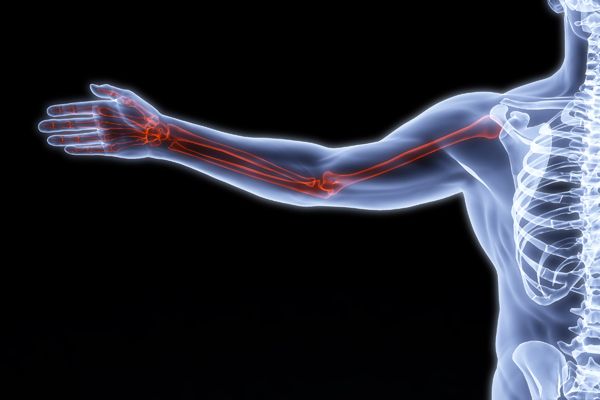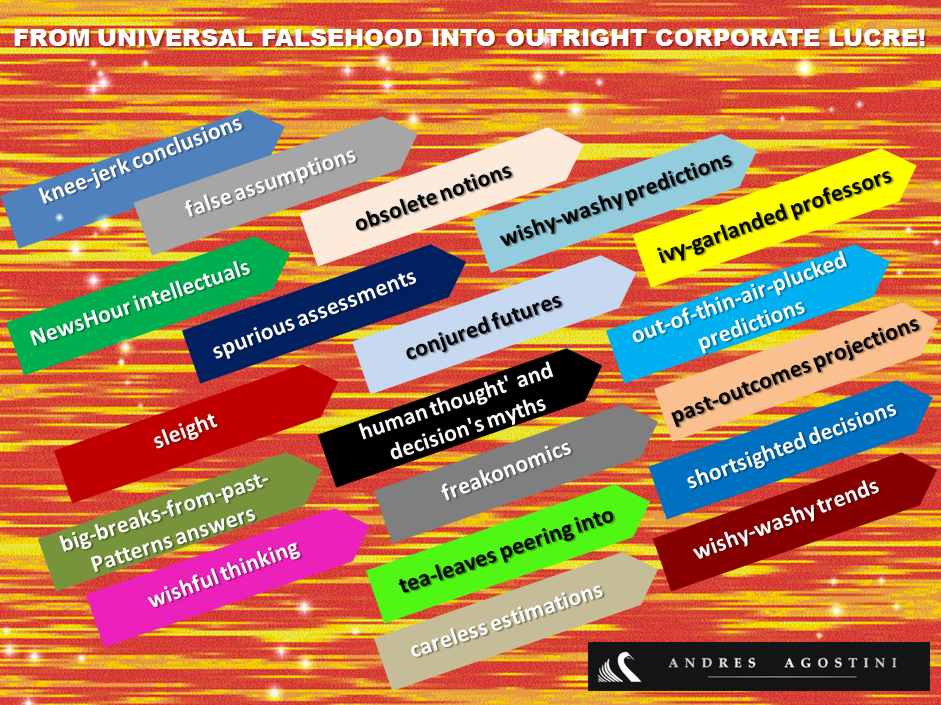China to Build Kilometer High Sustainable Tower http://www.21stcentech.com/china-build-kilometer-high-sustainable-tower/
Goldman says client data leaked, wants Google to delete email http://www.reuters.com/article/2014/07/02/us-google-goldman-leak-idUSKBN0F729I20140702
UK PM’s ex-media chief Coulson jailed for Murdoch tabloid hacking http://www.reuters.com/article/2014/07/04/us-britain-cybercrime-idUSKBN0F90RN20140704
REUTERS: Germany arrests suspected double agent spying for U.S.: lawmakers http://www.reuters.com/article/2014/07/04/us-germany-usa-spying-idUSKBN0F914M20140704
The coming digital anarchy http://www.telegraph.co.uk/technology/news/10881213/The-coming-digital-anarchy.html
IBM Expects Nanotube Chip by 2020 http://www.engineering.com/DesignerEdge/DesignerEdgeArticles/ArticleID/7942/IBM-Expects-Nanotube-Chip-by-2020.aspx
New Bridge Design Improves Earthquake Resistance http://www.engineering.com/DesignerEdge/DesignerEdgeArticles/ArticleID/7922/New-Bridge-Design-Improves-Earthquake-Resistance.aspx
Multicellular Computing Using Conjugation for Wiring http://www.plosone.org/article/info:doi%2F10.1371%2Fjournal.pone.0065986;jsessionid=8836B9D73DEC896905C9BF0101A23EB2
Climate Exposure of US National Parks in a New Era of Change http://www.plosone.org/article/info%3Adoi%2F10.1371%2Fjournal.pone.0101302
Coastal winds intensifying with climate change, study says http://phys.org/news/2014-07-coastal-climate.html
Remote quantum applications, teleportation enabled by calling long distance between superconducting qubits http://phys.org/news/2014-07-remote-quantum-applications-teleportation-enabled.html#jCp
Germany summoned the U.S. ambassador in Berlin on Friday following the arrest of a man reported to have spied for the United States, heightening friction between the two countries over alleged U.S. eavesdropping in Germany. http://phys.org/news/2014-07-germany-summons-envoy-spy-case.html#jCp
Ribosome research in atomic detail offers potential insights into cancer, anemia, Alzheimer’s http://phys.org/news/2014-07-ribosome-atomic-potential-insights-cancer.html
Ray Kurzweil: We want [computers] to read everything on the web and every page of every book, then be able to engage an intelligent dialogue with the user to be able to answer their questions.
The future will be far more surprising than most observers realize: few have truly internalized the implications of the fact that the rate of change itself is accelerating.
Japan scientists find ageing cure — for flowers http://phys.org/news/2014-07-japan-scientists-ageing-.html
Nobel laureate: We’ve just scraped the surface on the potential of stem-cell therapy http://phys.org/news/2014-07-nobel-laureate-weve-surface-potential.html
“Strong Artificial Intelligence Superseding the Human Brain?” http://www.linkedin.com/today/post/article/20140704214832-34427457-strong-artificial-intelligence-superseding-the-human-brain
Strong Artificial Intelligence Superseding the Human Brain? https://lifeboat.com/blog/2014/07/strong-artificial-intelligence-superseding-the-human-brain
New study reveals complex speech networks in the brain http://www3.imperial.ac.uk/newsandeventspggrp/imperialcollege/newssummary/news_26-6-2014-16-16-30
Researchers asked 1,400 experts to describe the biggest threats to the Web. Here’s what they said. http://www.washingtonpost.com/blogs/the-switch/wp/2014/07/03/researchers-asked-1400-experts-to-describe-the-biggest-threats-to-the-web-heres-what-they-said/
North Korea is on everyone’s radar screen. Why? Because while there is hardly an economy to speak of, there is the business of missile and weapons development that Kim has carved out to remarkable success.
As we all know, great jobs are getting harder to come by, and reaching the top is as competitive as ever. Merit may be necessary, but, as many of us canattest, it’s unlikely to be sufficient. There are, after all, many more well-qualified people than there are high-level jobs to fill, especially more qualified BOTS.
SILENTLY, GLOBALLY AND INCESSANTLY, I.Q.-CENTRIC CHINA IS BUYING HUGE ASSETS, RAW MATERIALS AND HARD-CORE TECHNOLOGIES, BOTH IN THE DEVELOPING WORLD AND DEVELOPED WORLD.
Computers don’t get tired; they don’t get bored; they don’t need coffee breaks or much sleep; and they have fabulous memories. They are content to crunch as much information as we shovel into them.
Lifeboat Foundation Worldwide Ambassador White Swan Update and Published Amazon Author by Andres Agostini at www.amazon.com/author/agostini






